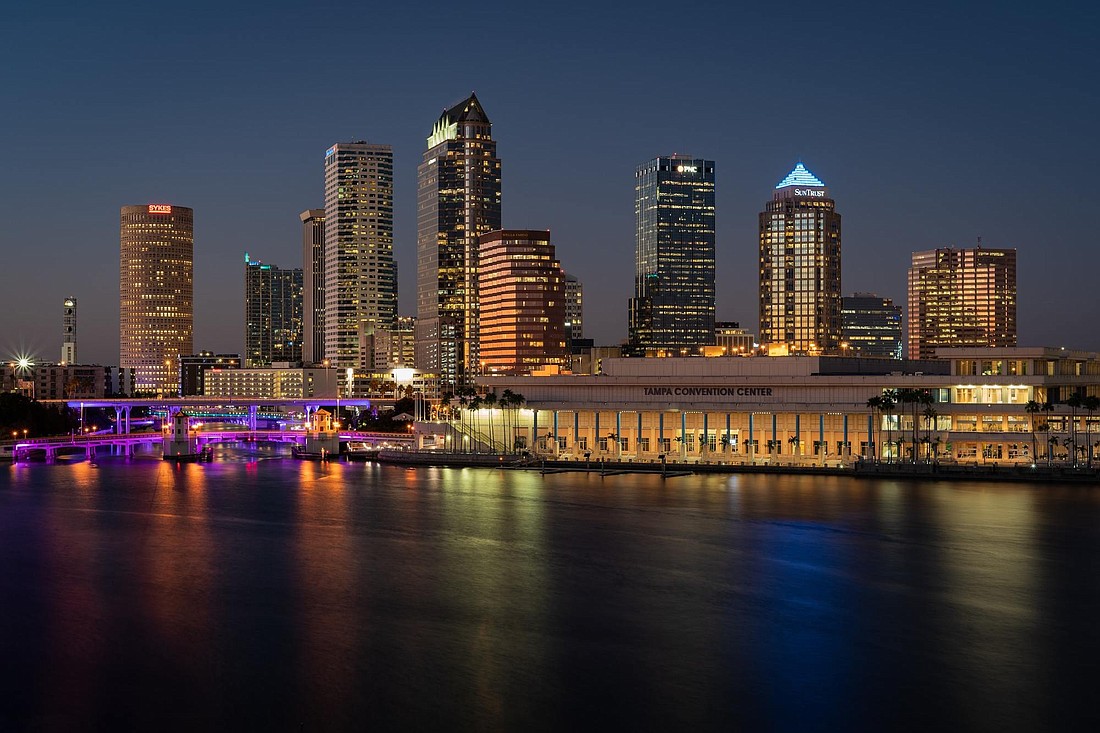- November 18, 2024
-
-
Loading

Loading

U.S. population growth has slowed to its lowest rate on record. At the end of 2021, the U.S. Census Bureau announced that the nation’s population had grown by 392,665 compared to the previous year, an increase of just 0.1%.
The Tampa Bay metro area, which includes Tampa, St. Petersburg and Clearwater, is going against that trend, according to a new study by Inspection Support Network, a company that provides software for residential, insurance and commercial property inspections. From 2016 to 2021, Tampa Bay’s population surged from 3,048,963 to 3,219,514, an increase of 170,551, or 5.6%. That ranks it No. 15 among the nation’s large metro areas, just behind Phoenix-Mesa-Chandler, Arizona.
According to the study, a steady influx of international immigration continues to drive population growth in the Sunshine State.
“While international migration to the United States has declined overall, states like Florida, Texas, New York and California continue to report large numbers of international immigrants,” ISN states.
Florida’s population growth, however, is part of broader domestic migratory trends that accelerated during the pandemic.
“Historically, the majority of the U.S. population was located in the Northeast and Midwest, but for the last hundred years, the share of Americans living in the South and especially the West has grown steadily,” ISN states. “The West’s share of the population first hit 10% in 1930 but now sits at 23.7%. Much of the South’s growth has taken place in the past half century: From 1910 to 1970, the South’s share of the population hovered between 30% and 32%, but since then, the share of population has grown to 38.1%.”
ISN says it’s therefore unsurprising to learn that Idaho and Utah are now the fastest-growing states, with Montana and Nevada close behind. Among small metro areas, St. George, Utah, ranks No. 1 with a five-year population growth rate of 20%. Coeur d’Alene, Idaho, and Bozeman, Montana, round out the top three.